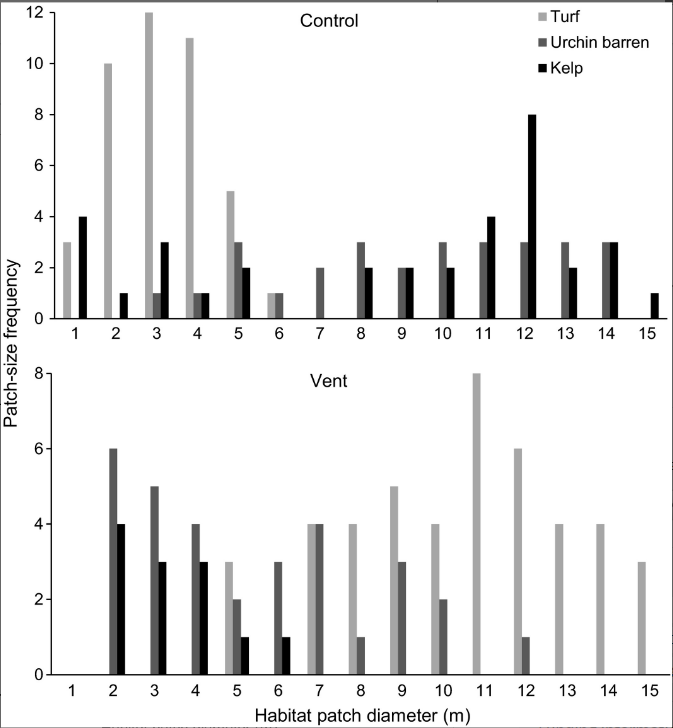A recent publication in Global Change Biology, reported that changing atmospheric and oceanic conditions, due to climate change, are raising the levels of iodine in seaweeds that can transfer up the food web. We think this is a great paper, and we strongly believe that many aspects of the ocean should be analysed to model future ocean conditions. Most work on algae in respects to climate change have been limited to calcifying reds, and the coral symbiot zooxanthellae. Seaweeds are the second largest biomass harvested from the oceans and more research is needed for that market.
A few news articles ran with the idea that seaweeds are becoming toxic, and are making headlines. While humans need iodine, too much can cause some of the same symptoms as iodine deficiency, including goiter (an enlarged thyroid gland) (NIH). However, we suggest caution when saying all seaweeds will become toxic.
For instance in the paper the study species Saccharina japonica was used, which is a species that is known to already have high concentrations of iodine. Saccharina and other species of brown seaweeds (kelp/ kombu) have much higher concentrations of iodine than other species (see figure below). Most consumed seaweeds (dulse, nori, wakame) have iodine levels 5x lower than Saccharina, and even with increases from climate change would not be considered dangerous.
People around the world choose to eat seaweeds because it’s rich in minerals including iodine, and we suspect this fact will not change. We encourage people to pay attention to the nutrition labeling on seaweed foods and monitor how much they consume. When reading papers or nutrition labels, note the seaweed condition (Dry vs. fresh). Most weight in seaweeds is attributed to water, and a serving size between dry and fresh can be a large difference. We also want to emphasize that iodine is not accumulated in your tissues, such as heavy metals.
We hope good studies like this continue, but use caution when reading news that oversimplifies the results.


